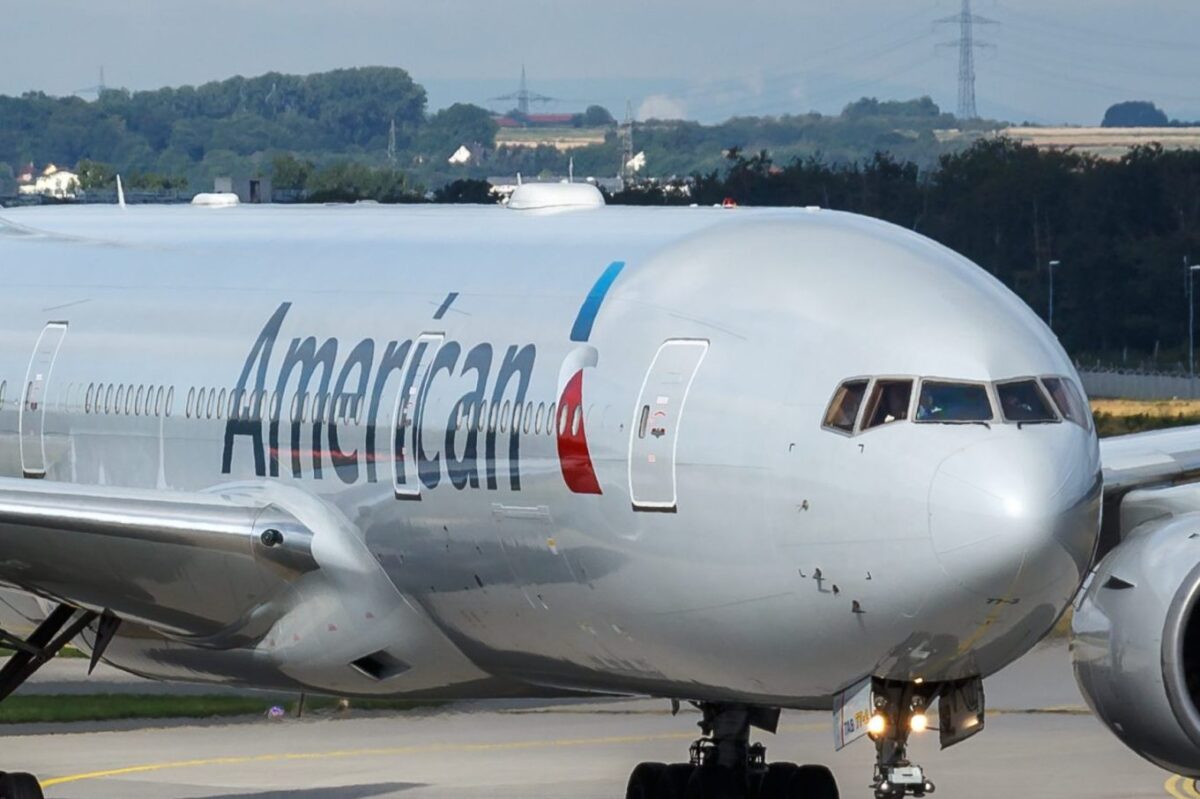Skift Take
Travel is returning to China, but don't expect the floodgates to open just yet as airlines and governments opt to tread cautiously.
U.S. and European airlines will benefit from pent-up demand for travel to China after its recent border reopening, but route approvals, fresh Covid-19 testing rules and not enough large aircraft remain barriers to rising sales, analysts and industry officials say.
Travel is returning to China, the world’s largest outbound tourism market worth $255 billion in 2019, after the country ended mandatory quarantines on January 8. Airfares from China are now 160 percent higher than before the pandemic, data from travel firm ForwardKeys shows, due to limited supply.
Iowa-based lawyer Jinying Zhan, 50, said he paid $1,600 for a one-way ticket in December to fly via Chicago and Dubai to Guangzhou.
“I haven’t visited my family in three years, so I will go to the spring festival with my sisters,” he said. “Flights were very expensive.” Before the pandemic, he used to pay $1,000 to $1,500 for a round trip direct flight from Chicago.
A round-trip fare from San Francisco to Shanghai on United Airlines for a week-long trip in early March costs $3,852 in economy class and $18,369 in business class, according to a Reuters search on the airline’s website.
Global airlines are running only 11 percent of 2019 capacity levels to and from China in January, Cirium data shows, but the figure is expected to hit 25 percent by April.
Booking website Expedia said it saw U.S.-China and Europe-China searches double after the reopening announcement.
Chinese airlines, with ample staff and widebody planes, and a cost and time advantage of roughly two hours from flying a more direct route using Russian airspace, are expected to be early winners.
But U.S. and European airlines, which have focused traditionally on the strong business travel market to China, and often cater more to the preferences of Western passengers, are poised to benefit from companies willing to pay a premium to rekindle face-to-face ties.
Trips to China “are already on the books for many companies and travellers as they kick off a new business year,” said Suzanne Neufang, CEO of the Global Business Travel Association.
Approvals Needed
China’s reopening comes as surging Covid infections have led the United States, Japan and others to require negative coronavirus tests from Chinese arrivals, discouraging travel.
Since regulatory approval from both countries is required to add flights, at a time of U.S.-China trade tensions, short-term capacity could be limited, industry sources said.
United, which had 584 flights to and from China in January 2019 according to Cirium, can now fly four times weekly from the U.S. to mainland China. United said it could add services pending government authorizations.
Since January 4, Air China, Hainan Airlines and China Southern Airlines have filed schedules with the U.S. Department of Transportation proposing to increase flights to as much as daily on some routes.
“There are some things brewing,” said U.S. Deputy Transportation Secretary Polly Trottenberg, but gave no further details on U.S. carriers adding more Chinese flights.
Foreign carriers seeking to add flights to China require approvals from the Civil Aviation Administration of China, which did not respond to a request for comment.
American Airlines said this week it would fly non-stop from Dallas to Shanghai twice-weekly from March, dropping a current stop in Seoul. However, other flights were paused as it assessed market demand and government regulations.
Delta Air Lines expects to cautiously “rebuild capacity to China in line with demand starting later this year,” President Glen Hauenstein said when the company reported quarterly results.
China, which accounted for about 5 percent to 6 percent of long-haul travel from Europe in 2019, is also a key market for some European carriers including Germany’s Lufthansa, Bernstein analyst Alex Irving said.
But European and U.S. carriers may prioritize their widebody planes for lucrative trans-Atlantic travel this summer, leaving them stretched to accommodate fresh demand for China, said George Dimitroff, an analyst with Cirium.
Many Western airlines parked large planes when international traffic plunged and production of new twin-aisle jets has been limited.
(Reporting By Allison Lampert in Montreal, Jamie Freed in Sydney and Doyinsola Oladipo in New York; additional reporting by David Shepardson in Washington, Sophie Yu in Beijing, Nathan Gomes in Bangalore, Ilona Wissenbach in Frankfurt, Joanna Plucinska in London; editing by Ben Klayman and Chris Sanders)
This article was written by Jamie Freed, Allison Lampert and Doyinsola Oladipo from Reuters and was legally licensed through the Industry Dive Content Marketplace. Please direct all licensing questions to [email protected].
The Daily Newsletter
Our daily coverage of the global travel industry. Written by editors and analysts from across Skift’s brands.
Have a confidential tip for Skift? Get in touch
Tags: china outbound, china southern, china travel, coronavirus recovery, delta air lines, expedia, gbta, reopening travel, united airlines
Photo credit: American Airlines said this week it would fly non-stop from Dallas to Shanghai twice-weekly from March, dropping a current stop in Seoul. TJDarmstadt / Wikimedia Commons
